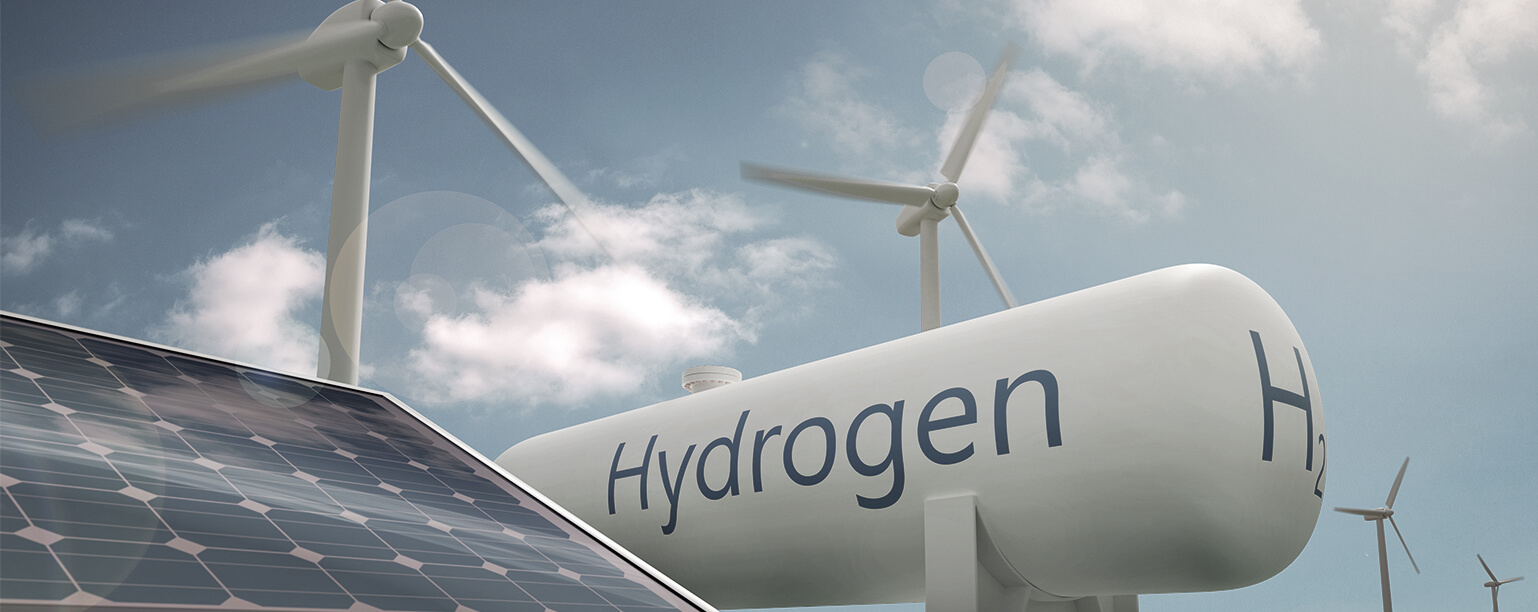Decarbonising
India
Aright is working towards the goals of decarbonising India and contributing to the nation's energy security by aiding in the transition from fossil fuel to green hydrogen. The company is collaborating with leading green hydrogen producers and renowned international equity investors to produce green hydrogen by using renewable energy in India.
In 2020, India’s total demand for hydrogen stood at 6mn tonnes and is expected to cross 28mn tonnes by 2050.

Impact of Green Hydrogen
On Various Industries
Ammonia
Ammonia is a compound of nitrogen and hydrogen, used as a fundamental component of fertilizers. Consequently, it is essential for India's food security.
Iron and Steel
Hydrogen has the potential to decarbonise the steel industry which accounts for 9% of greenhouse gas emissions in the country.
Petroleum
and Refining
Hydrogen is crucial in desulphurisation of crude oil to meet India's stage VI emission standards.
Transport
and Shipping
The hydrogen fuel cell is a promising technology to run both passenger and long-haul modes of transport while causing less harm to the planet.
Power Storage
Excess power can be stored as hydrogen for extended periods and used to produce electricity when required. In addition, the stored hydrogen can be shipped to supply energy to remote locations where electrification is not feasible.
Going Green
Green hydrogen is produced using renewable energy through electrolysis. This process involves using an electrical current to separate hydrogen from oxygen in the water. By powering this process with renewable energy from sources such as solar or wind, green hydrogen is produced.








